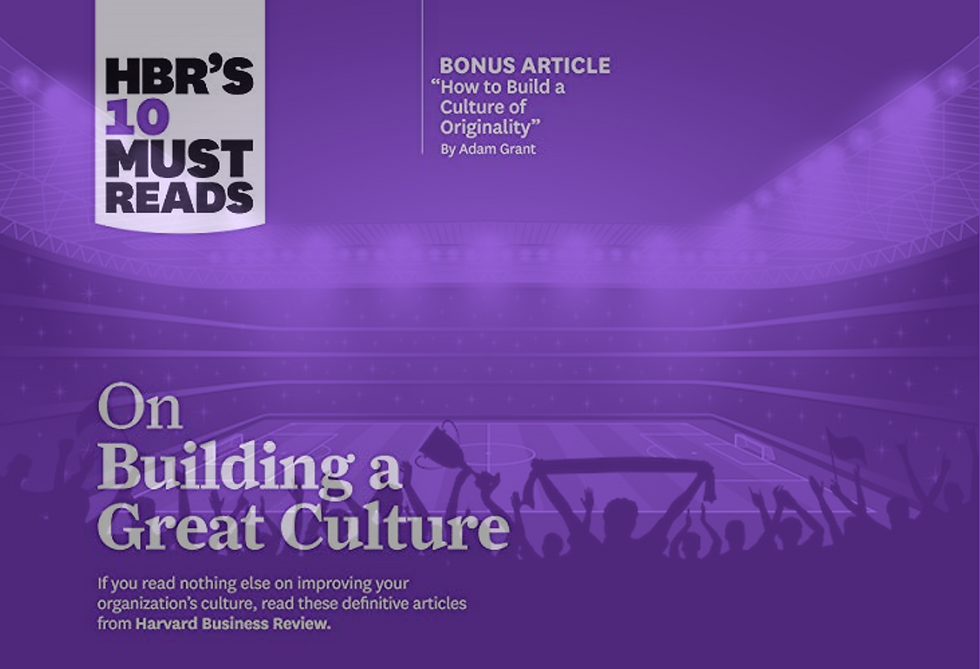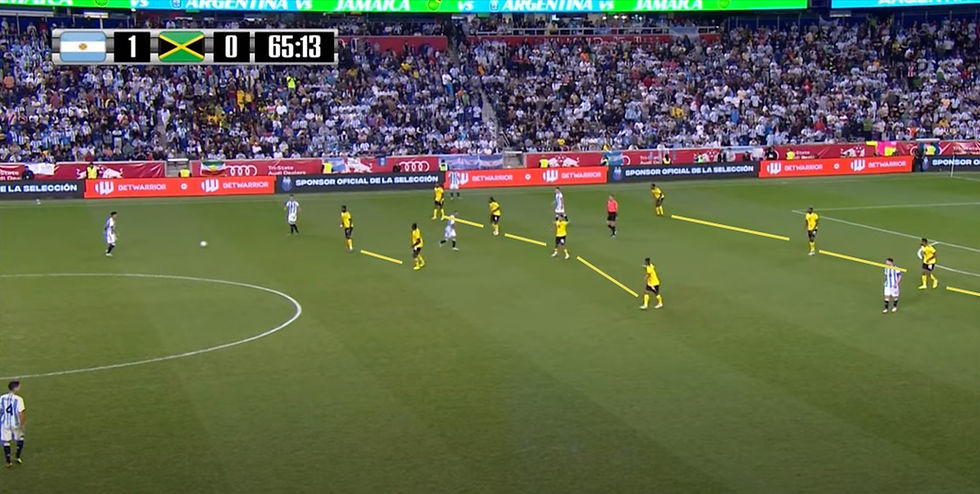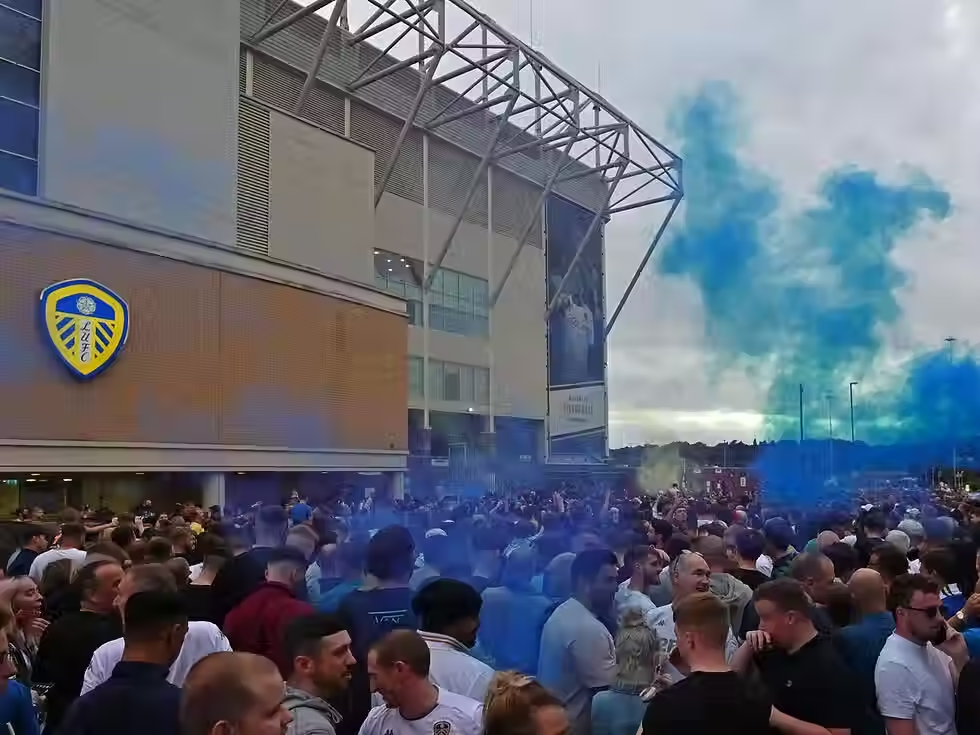Football Clubs and Organizational Culture
- All Angles Football -
- Apr 27, 2023
- 5 min read

Culture. A word that is becoming more and more used in football in the modern day, rightfully so. Culture can be defined in many ways, has multiple elements and characteristics. We hear about organizational culture in the corporate world very often referring to the interactions, relationships, values, methods, and behaviors of those in an organization. It is through that lens that more and more clubs are starting to look at culture, which is long overdue. Setting a club culture and allowing that to trickle through from the men’s and women’s first teams to academies have been a critical ingredient for any club to achieve sustainable success and that is being realized and practiced more and more. After reading The Leader’s Guide to Corporate Culture in HBR’s 10 Must Reads on Building a Great Culture, I have decided to take this article and see how best it can be applied and related to football.
First when speaking about club culture in football, it is important to recognize the distinction between a club and a team. We use these terms interchangeably and likely will continue to do so, but wrongfully so. A club involves multiple teams, and a team is only one part of a club. A strong culture existing does not equal success, however when a strong shared culture that has a high convergence is integrated into the club through strategy with strong leadership it can be a very strong foundation for sustainable success. Based on the article, the following 8 culture styles were identified based on people interactions and responses to change, with each having its own advantages and disadvantages:
· Enjoyment · Results · Authority · Safety · Order · Caring · Purpose · Learning
Of these culture styles, more than one can dominantly coexist in an organization and on the plot below, styles that are closer to each other are more likely and easier to coexist in an organization.

When looking on these certain clubs with certain culture styles already come to mind such as:
· Chelsea - Results · Real Madrid - Results · Arsenal - Learning · Borussia Dortmund - Learning · Ajax - Learning · Manchester City - Safety · Seattle Sounders - Safety · Liverpool - Safety · Athletic Bilbao - Safety · Forest Green Rovers - Purpose · FC St Pauli - Purpose
Applying this to football clubs is not exactly a perfectly applicable and straightforward task but yet can be used to show examples of how a strong culture can create a brand, strategy and sustainable success. For example, at the end of the day all clubs want results, especially for their first teams and naturally should have a higher degree of interdependence leading to a more caring culture for better teamwork, trust and belonging. However, regardless of this, there are certain styles that are more identifiable with certain clubs.
Results
Although as mentioned above that all clubs naturally want results and would like to win, the actions of some of these clubs show this more with Chelsea and Real Madrid as good examples. The willingness to change managers and staff and make changes when results are not leading to trophies displays a highly results driven culture. Take for example this season with Chelsea changing managers three times already and Real Madrid sacking Carlo Ancelotti after winning no trophies in the 2014/15 season. The results driven culture has seen Real Madrid lift the Champions League trophy at times when they were not at their best, for example in the 2021/22 season. It can even be argued that along with the results driven culture, there is a high degree of authority in these clubs, especially Real Madrid, which falls into close proximity on the plot above. Florentino Perez is the face of Real Madrid and we have seen decisions being made primarily by him for many years now and some of these decisions such as sacking coaches being bold and decisive.
Learning
A learning culture style promotes innovation, development, and change. Different clubs demonstrate this style in different means which can be seen in the difference between Arsenal versus Borussia Dortmund and Ajax. Arsenal have promoted a learning culture through the addition of, reliance on and trust in young players and a relatively young coach in Mikel Arteta to all to be learn and develop as a first team and organization. Ajax and Borussia Dortmund are primarily clubs with a learning culture given their reputation and track record as a player development hub, trusting in young players and being open to giving them opportunities to play, make mistakes and develop.
Safety
A culture of safety is representative of an organization with stability, structure, operational sustainability, and a long-term vision. Clubs that operate along these lines are clubs such as Liverpool, Manchester City and the Seattle Sounders. For the most part MLS clubs tend to operate with a safety culture given the structure and regulations of the league which ensures clubs are careful and realistic in their expenditure and management of their club and Seattle Sounders are a prime example of this given their continued success and construction of an arguably MLS dynasty even as years and players pass. Liverpool’s strategic, data-drive approach that has seen a lot of careful expenditure is another example of this safety culture which is closely associated and aligned with order on the culture plot. Order is associated with better operational efficiency, cooperation and rules and traditions to be followed. Liverpool’s strict net spending and squad building strategy which saw Sadio Mane and will see Roberto Firmino leave instead of getting new contracts, but yet having success on the pitch in recent years is a sign of a safety culture being prevalent in the organization rather than rash spending at big name players for short-term results such as a club like Chelsea have and continue to do. Manchester City do spend a lot, but do have a bigger budget than Liverpool and clearly take a strategic approach to their expenditure on transfers and a good example of this would be the planned replacement of Fernandinho with Rodri which was implemented over a period of time. City have been arguably the top first team in football in recent years and continue to be one of the top teams given their strategy and culture which sees safety and order as part of that.
Purpose
A culture of purpose seeks to be socially responsible, caring and diverse. Two notable examples of this in football clubs are Forest Green Rovers and FC St Pauli. FC St Pauli have long had a reputation and fan culture of social activism and charitable activities since the 1980s. Even on their club website, social responsibility, community, sustainability, and ecology are emphasized and mentioned multiple times more so than commercial and results considerations. Forest Green Rovers are similar being the world’s first and most green club which places a ton of importance on purpose and being sustainable through solar panels, electric cars, an organic field and a vegan menu for players, fans and staff. They are the only club with Eco-Management and Audit Scheme accreditation and place a lot of focus and pride on their programs not only at club facilities but also in the community and online to educate and advocate for the environment.
Overall, as mentioned, to apply this model to football clubs is not exactly simple given how football clubs are uniquely run compared to corporate organizations which were used to develop this model. However, it does not take away the importance and prevalence of culture in a football club, especially when speaking of success. A good next step would be profiling club cultures from internal interviews, surveys and profiles which could even allow a similar model to be built with a better fit for sports organizations. At the end of the day, football clubs want to be successful and should also aim to be financially sustainable and a massive part of being able to get all these right while also having a strong academy and development pathway is dependent of a strong culture on and off the field that is integrated into strategy and leadership throughout the club.




Comments